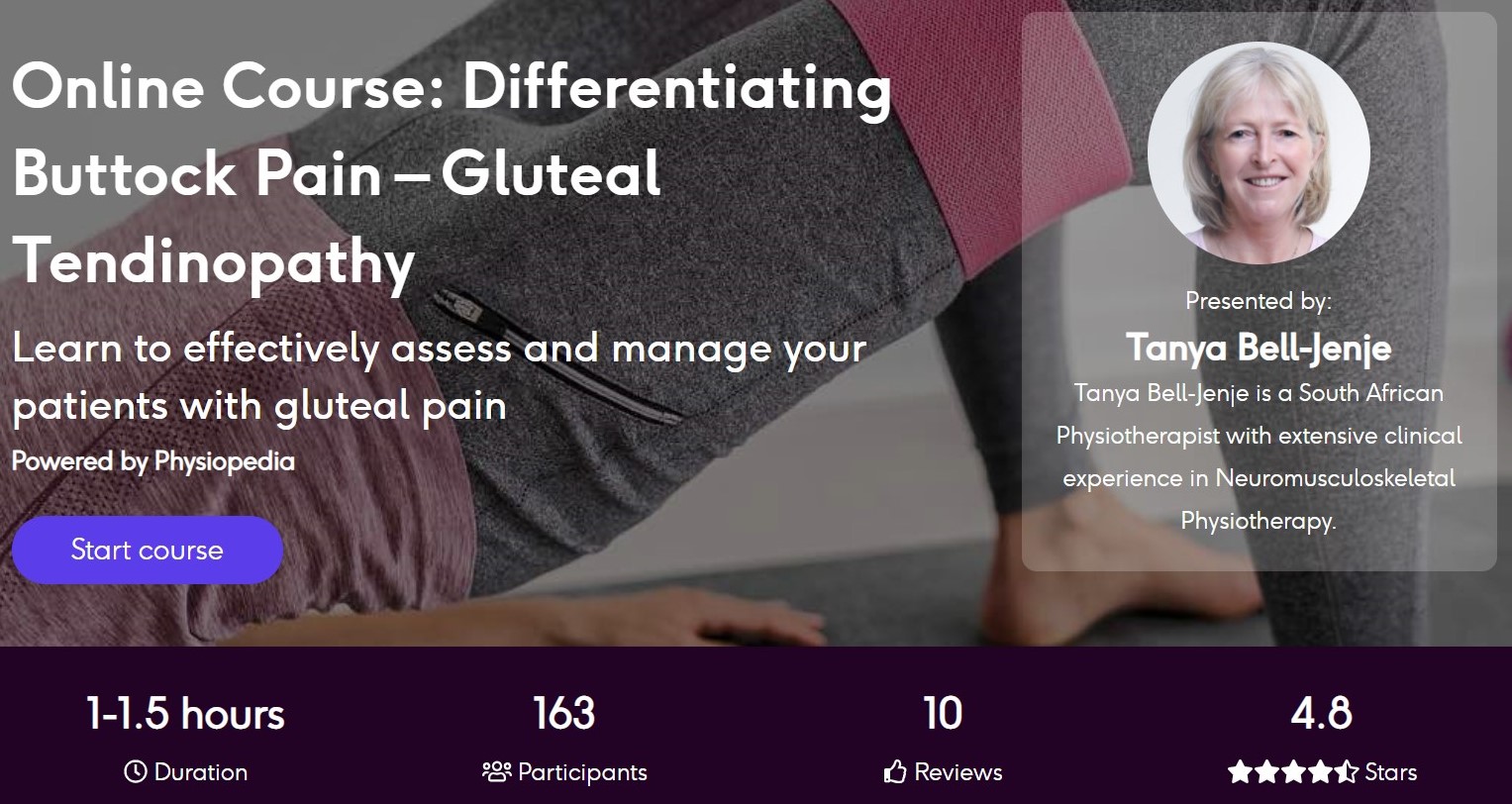When it comes to assessing the hip is the subjective history more important than objective tests for coming to an accurate diagnostic conclusion?
Skilled history taking is an important skill as it plays a vital role in the diagnostic process, clinical decision making as well as building a therapeutic relationship between the patient and clinician. Some studies report that subjective history alone has upwards of 75% accuracy in patient diagnosis ahead of objective testing but many of these studies are medical focussed.
The recent emphasis on telehalth and used of questionnaires to assess self-reported symptoms because of the panedmic has put even more pressure on subjective history taking but just how good is it when applied to physiotherapy practice?
Learn to Differential Hip Pain Properly
One of the more common conditons seen in musculoskeletal physiotherapy settings is hip pain with around 14% of adults reporting hip pain most days of the week in the United States. Evidence for physio assessment of the hip has largely focussed on ‘special tests’ and the more research takes place the more we understand that they provide the clinician with little to no valuable information for the diagnosis of hip-related pathology. So should we rely more on the subjective assessment than objective?
A new systematic review published in the Archives of Physical Medicine and Rehabilitation aims to find out just how accurate a subjective history is at diagnosing hip pathology.
Methods
The systematic review adhered to the PRISMA guidelines and the protocol was published in PROSPERO both hallmarks of good review pratice. The databases used for the searh were PubMed, MEDLINE, CINAHL and WoS using an appropriate search strategy. The strategy used hip specific search terms combined with diagnostic accuracy and subjective/self-report history-based terms using Boolean operators
Articles were eligible for inclusion if:
- They Included patients with hip pain
- The statistical association of at least one subjective examination finding or patient self-report item was reported
- The study design was appropriate for diagnostic accuracy
- Involved adults aged >18
- Was written in English
- Acceptable reference standard for diagnosed hip pathology was used (e.g. surgery, MRI)
Articles were exclude if they solely assessed the diagnostic value of bloods or imaging, if there were any red flags present on assessment or an appropriate reference standard was not used for diagnosis.
Two authors screened the studies to see if they were eligible and a third was used to reach concensus if there was disagreement. The two authors also assessed the methodological quality of each study using the QUADAS-2 tool.
“Anterior thigh/groin pain and constant back/buttock pain are better indicators of hip OA than standalone tests.”
In total 9 studies were included within the final review and of these 9, six examined hop osteoarthritis, two on femeroacetabular impingement (FAI) +/- labral pathology and one on intra-articular pathology. Across all studies the greatest risk of bias was most associated with patient selection more detail is available within the article itself.
Results were presented using sensitivity, specificity, positive likelihood ratio, negative liklihood ratio and/or diagnostic odds ratio. The video below explains the importance of these statistical tools when using a diagnostic test.
Clinical Take Home
When comparing objective tests commonly used for hip osteoarthritis Trendelenberg’s sign (+LR 1.83), resisted hip abduction (+LR 3.5) and FABER’s test (+LR 1.9 are no better and sometimes worse than some elements of the history. Specifically report of anterior thigh or groin pain (+LR 3.86) and constant low back/buttock pain ( +LR 6.50) appear better than standalone tests.
For FAI no patient history items reported a higher liklihood ratio than objective tests such as the Thomas Test, FADDIR or FABER. One study did report several history items which reported a high specificity however due to high risk of bias these results should be interpreted with caution.
A single study was included for assessment of intra-articular hip pathology and the most important subjective sign is crepitus which has a liklihood ratio of +3.56. This makes intuitive sense given what crepitus is.
The results of this study don’t disregard the importance of an objective assessment rather it serves as a reminder of the role of different assessment tools. During the history taking we form hypotheses which we aim to challenge through our objective test results. As we have had to transition to video consultations we have to understand where the diagnostic strengths of history taking lie to help confirm or refute our hypotheses.
